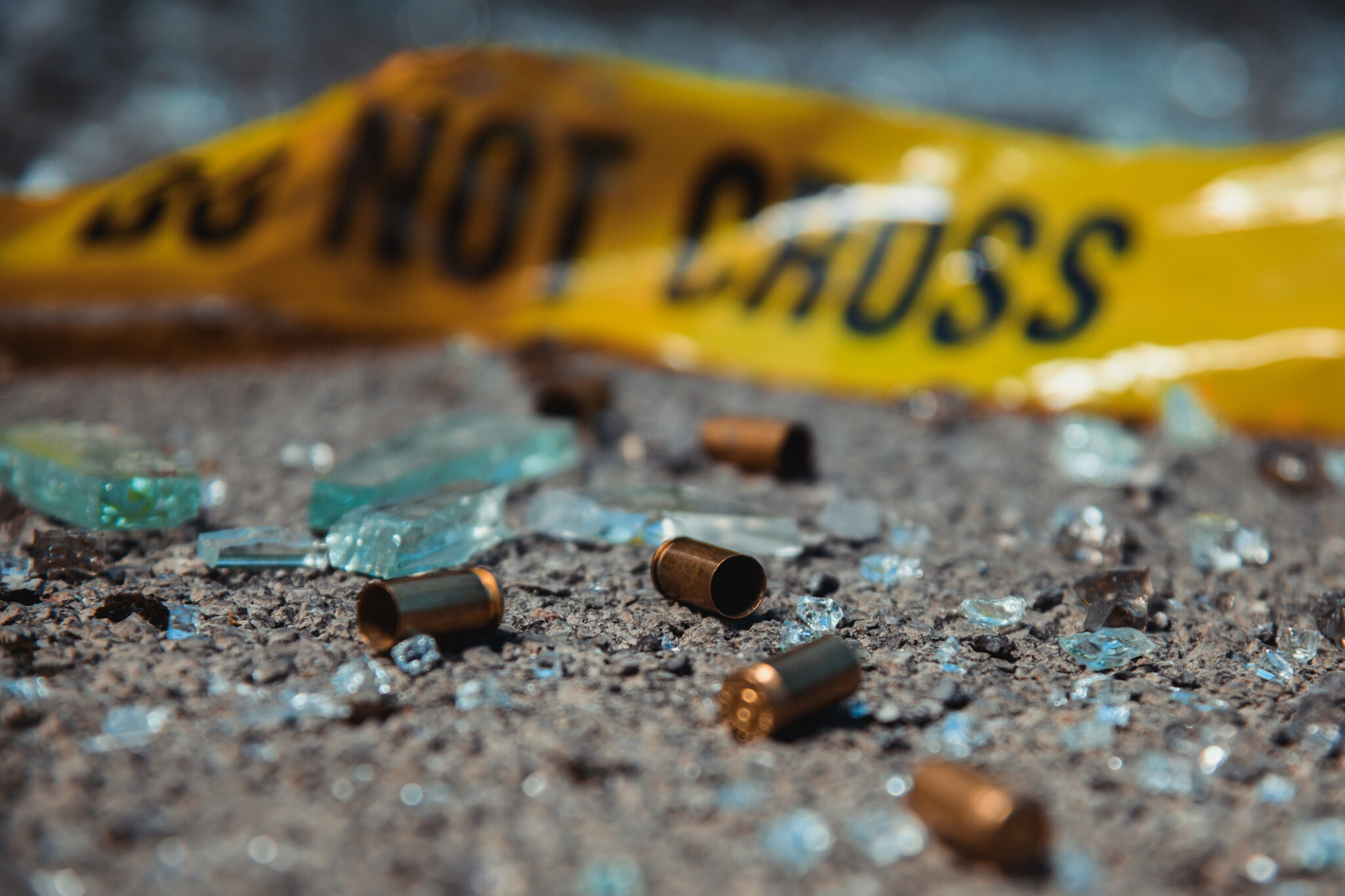BY: MEGHAN MCINTYRE
(VM)With over 20 years of emergency care experience, Dr. Michel Aboutanos, a surgeon and medical director of Virginia Commonwealth University Medical Center’s Level I trauma center, is all too familiar with performing life-saving surgery on youth gunshot wound victims.
It was one of those cases that inspired Aboutanos to create a hospital-based violence prevention program known as “Bridging the Gap” at the VCU trauma center in 2003. That instance involved a 17-year-old boy who died from a gunshot wound to the head after having previously spent months in the hospital due to being shot on two separate occasions that same year.
“I watched this kid die in our trauma bay. … I realized the function, the role of the trauma center is at the end of this vicious cycle of violence,” Aboutanos said. “We have to change the paradigm, change the role of the trauma center so that it can be part of the community’s answer.”
Since then, Bridging the Gap has become a national model for how to help reduce gun violence rates and break the cycle of violence for patients in vulnerable communities. It primarily focuses on people ages 10 to 24 who are admitted to the trauma center for intentional injuries such as gunshot wounds, stab wounds and assaults.
Aboutanos said 17 years of research into the program shows 76% of its nearly 2,000 participants were less likely to be readmitted to the hospital for gun violence. Additionally, program participants have reduced their use of alcohol and drugs by more than half.
Due to its success, the program is poised to expand to other hospitals across the state through $5 million in state funding from Virginia’s Firearms Violence Intervention and Prevention Grant Program.
“It’s not enough to say you have a great idea,” Aboutanos said. “You have to study that, you truly have to show that, if money and resources are limited, we should only be putting our efforts into evidence-based programs.”
Even though emergency department visits for firearm injuries in Virginia slightly decreased in 2022 prior to peaking in 2021, Virginia State Police reports show a 4.5% increase in the use of firearms in violent crimes during the same time period. On a local level, Aboutanos said a significant number of the approximately 4,300 trauma patients VCU sees annually from the Richmond area have been shot, stabbed or involved in violence, and that figure continues to rise.
Aboutanos said VCU’s program works to “bridge that gap between the clinical and social crisis that we have.”
While most hospitals typically have programs where social workers give trauma patients a list of resources to call themselves, VCU’s program sets them up with an interventionist at the hospital, who provides a litany of community resources catered to the specific patient’s needs.
“For example, what is their level of conflict resolution? What is their possibility of truly getting a job or not?” Aboutanos said. “We work on both their strengths and susceptibilities and then we find out what this person needs.”
What a person might need includes resources like job training, transportation, mental health and education help. Even after a patient is discharged, the interventionist and other community partners will then follow up throughout the following year to ensure they are getting the help they need.
The $5 million grant will allow the program to expand to five other hospitals with community violence intervention programs. They include Riverside Regional Medical Center in Newport News, Carilion Roanoke Memorial Hospital, Bon Secours Southside Medical Center in Petersburg, and Sentara Norfolk General Hospital and Children’s Hospital of the King’s Daughters in Norfolk.
The funds will be administered by the Virginia Department of Criminal Justice Services and the Virginia Hospital and Healthcare Association Foundation.
“Our mission goes beyond providing medical care; it extends to fostering a culture of health, compassion, and resilience,” said VCU Health Chief Operating Officer Michael Elliot in a statement. “That’s what the programs are all about.”
A Richmond program to reduce gun violence has had rare success. Now it’s expanding.



